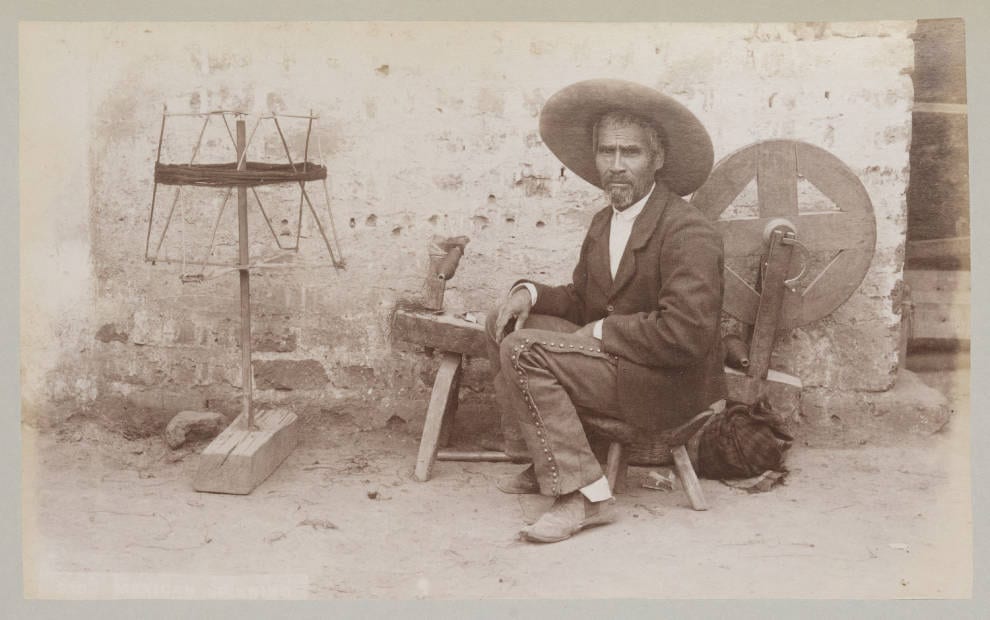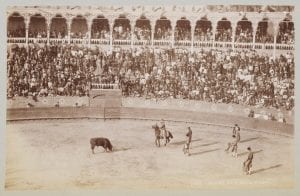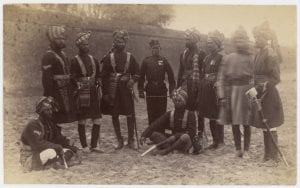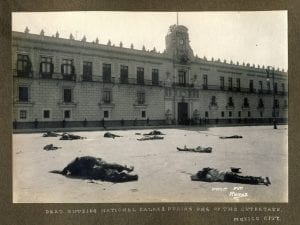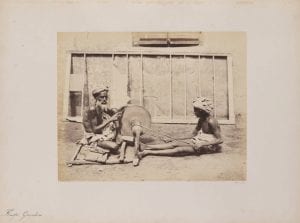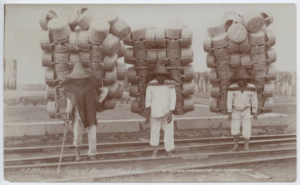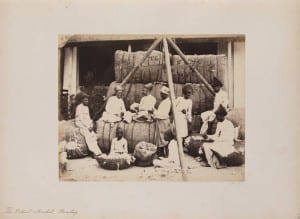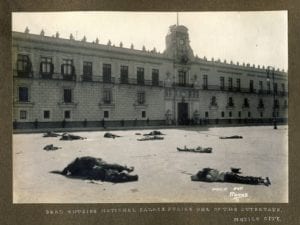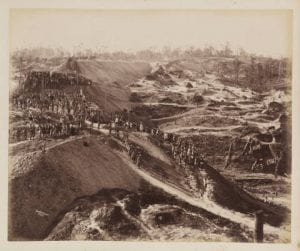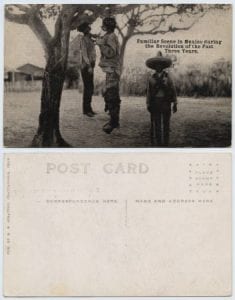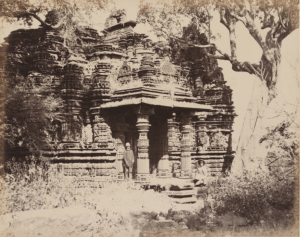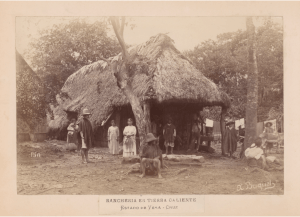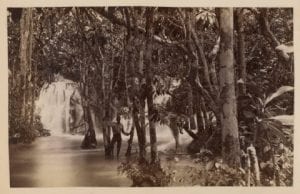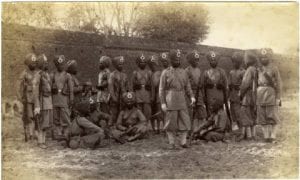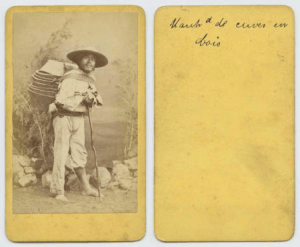Mexico:
Scene at Bullfight
Photo taken by F.M. White, Old Mexico, Mexico City ca. 1897
The photo from F.M. White’s collection, Old Mexico, depicts a bullfight in Mexico City around 1897. At this time period imperialism was still prominent throughout the world as the British Empire controlled territory in North America, Africa, Asia, and Oceana. Although the Spanish colonies in South America had gained political independence from the crown, their customs and influence remained. The picture from F.M. White is evidence that the new Mexican Republic adopted practices such as bullfighting directly from the Spanish. Bullfighting is a tradition that has been a part of Spanish culture for centuries. In 1726 Francisco Romero introduced the sword and cape to the fight, creating the attention-drawing spectacle that remains today. Each fight lasts about 15 minutes and six bulls are killed by three matadors. Today, the largest bullfighting ring is located in the Plaza México in central Mexico City, seating up to 48,000 people. It is evident that Spanish colonization in South America had a direct impact on the region’s society and customs in the future.
India:
Orderlies of Foreign Officers
Photo taken by Lala Deen Dayal, Bengal Nagpur Ralroad and views of India, ca. 1875-1889
The following picture shows a group of Indian military officers posing for a photograph. The artist, Lala Deen Dayal is considered one of the best colonial photographers of India. He had been issued a royal warrant as photographer to the Queen Victoria to document this exotic region. This print illustrates the British attire worn by Indian military officers. An interesting observation is that all of the officers are dressed in British military clothing and weapons while also wearing traditional Indian headdresses. These soldiers not only fought for the British army, but the question arises as to the extent that the “properness” of one’s attire can define rank and power. The photographer perfectly demonstrates the assimilation and appropriation of native society and heritage by the colonizer.

